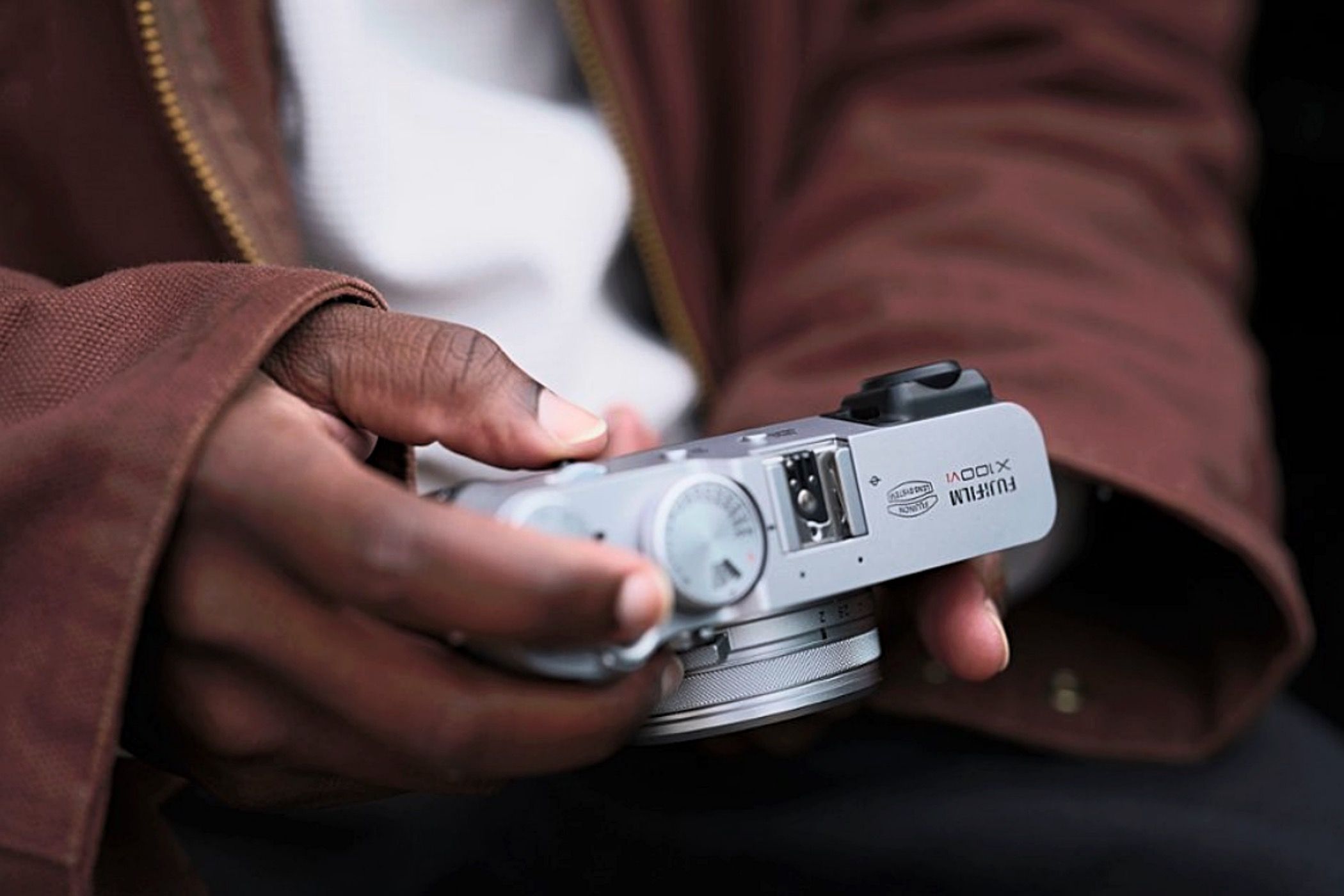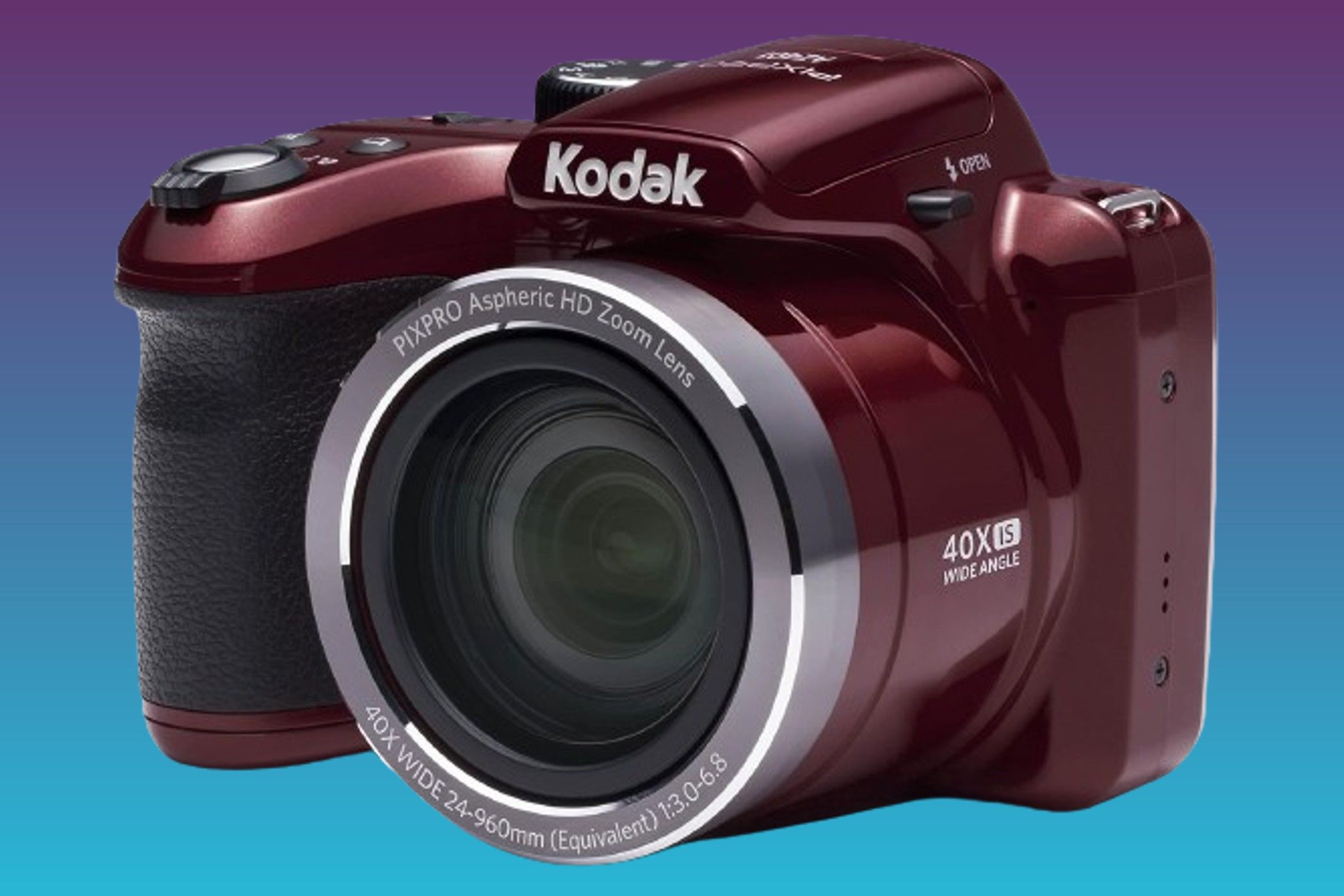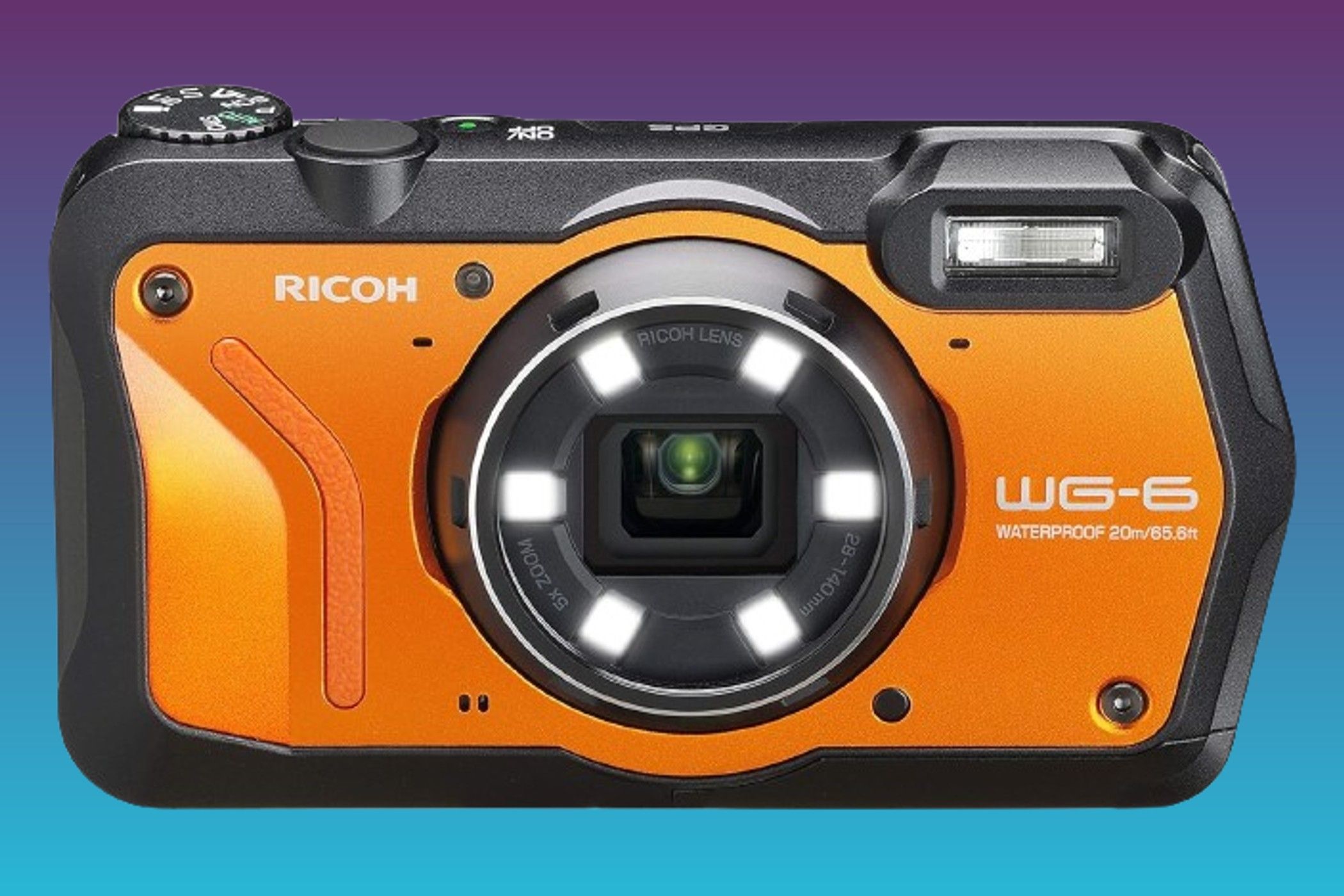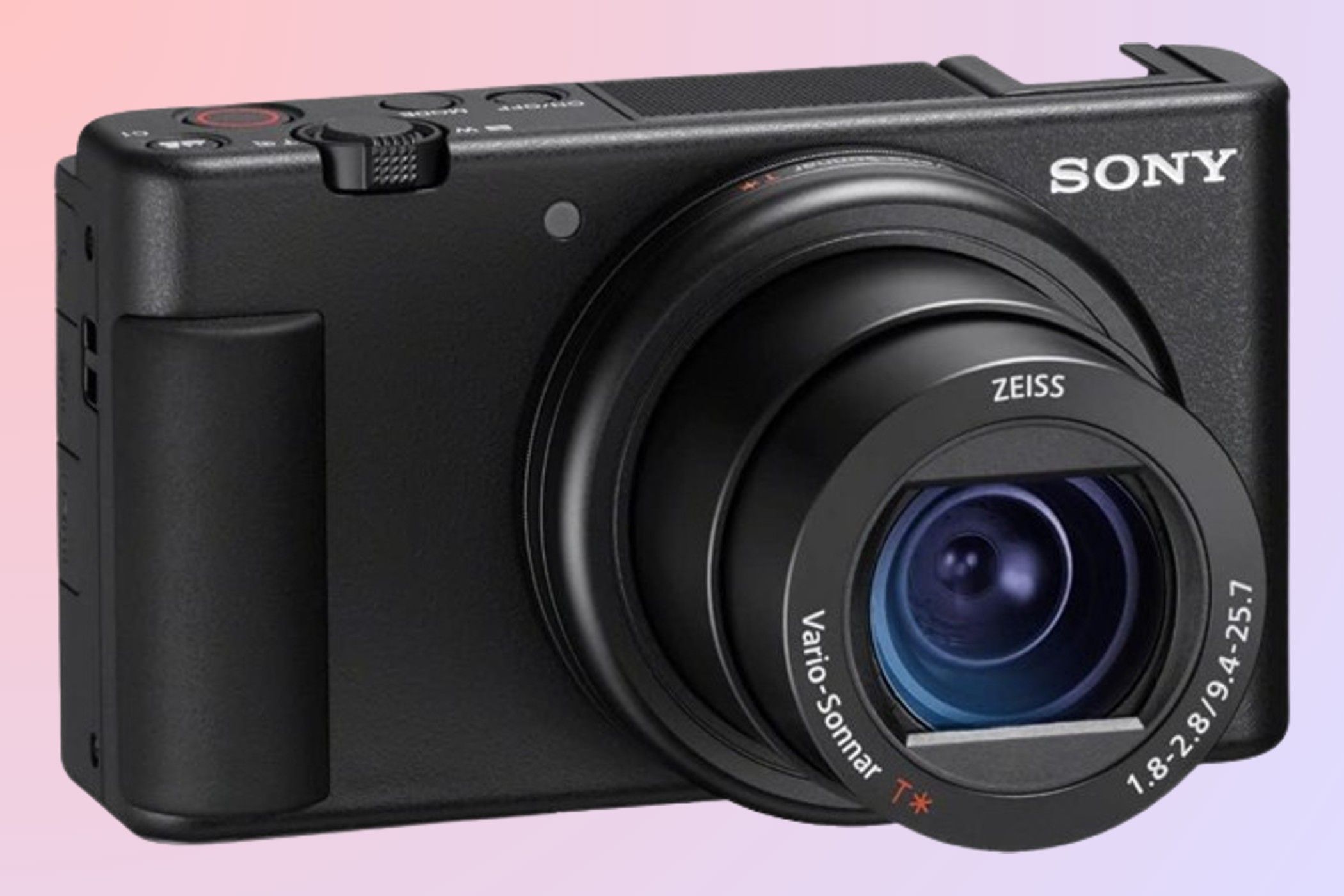Point-and-shoot cameras are compact, automatic, easy to use, and don’t require manual tuning. These are excellent options for hobbyists and casual photographers, but professionals also find them handy for capturing everyday moments. If you don’t want a bulky and pricey DSLR or mirrorless camera, then a good point-and-shoot camera is your best bet.
What to Look For in a Point-and-Shoot Camera
There are a few factors to consider when deciding which point-and-shoot camera is the best for you.
It’s all in the name when looking for a point-and-shoot camera. You should be able to capture footage without hassle by simply pointing your camera at the target. A good one will have automatic settings that make it easy to use, even for amateurs.
However, some point-and-shoot cameras may include manual controls for more granular results. This is important for professionals or hobbyists hoping to hone their craft and do more with their cameras. Be wary of an overload of features, though, particularly if you don’t plan to use these extra modes.
You’ll also want great image quality out of the box, especially if you hate fiddling with camera settings. Higher megapixels are fine, but MP count is not the sole indicator of image quality. So, watch out for image sensor type and size, among others.
These portable cameras should be able to take an excellent picture with a click, but there are a few features to think about that depend on the type of photography. Advanced autofocus capabilities can dramatically improve your results, while image stabilization is useful for rough terrain or shaky scenarios.
The camera’s zoom feature makes a huge difference if you intend to capture far-off objects, with magnification ranging from 3x to 40x. Some point-and-shoot cameras also support macro photography.
Other important points to consider include battery life and runtime, low-light performance, Wi-Fi and USB connectivity for easy data transfers, and post-shot framing.
|
How Did We Research |
||
|
Models Evaluated |
Hours Researched |
Reviews Analyzed |
|
10 |
28 |
20 |
How-To Geek’s product recommendations come from the same team of experts that have helped people fix their gadgets over one billion times. We only recommend the best products based on our research and expertise. We never accept payment to endorse or review a product.
Read More »
Best Point-and-Shoot Camera Overall: Fujifilm X100VI
|
Pros |
Cons |
|
Hybrid viewfinder |
Not weather-sealed |
|
6.2K video |
The screen does not flip fully outwards |
|
High-res tilting touchscreen LCD |
Average battery life |
|
Comprehensive wireless connectivity |
Expensive |
|
Excellent image quality |
|
|
6-stop IBIS |
|
|
Reliable autofocus |
The Fujifilm X100VI is a premium-priced, retro-style camera that builds on the strengths of the previous model and adds some more welcome features. While it may be expensive, you do get everything you need from a point-and-shoot and then some. It’s a capable camera that excels in still photography while delivering some excellent 6.2K videos.
It features a 23mm (35mm full-frame equivalent) f/2 lens that showcases sharpness and detail across the frame, especially at wider apertures. However, some may find 35mm a little tight. But, by investing in a wide-angle conversion lens, you’ll be able to take more expansive street-level shots.
In addition to superior sharpness and detail, images display vibrant, high-contrast colors with excellent dynamic range. Noise does become apparent at higher ISOs, although RAW files are noise-free at up to ISO 3200 and JPEGs at up to ISO 6400.
It’s easy to carry and lightweight at 521g (18.4oz). The aluminum top and bottom plates are robust, and the faux leather body provides a comfortable grip. It features dedicated shutter speed, ISO, and aperture control dials that are well-placed and easy to reach. These dials are ideal for advanced users who want more manual control, but novices can also learn to use them after a while.
The autofocus system is fast and reliable and features face and eye detection, while subject tracking holds well for both stills and video. Additionally, the 6-stop IBIS allows you to shoot some excellent handheld low-light shots at slow shutter speeds, although it drains the battery more quickly when activated.
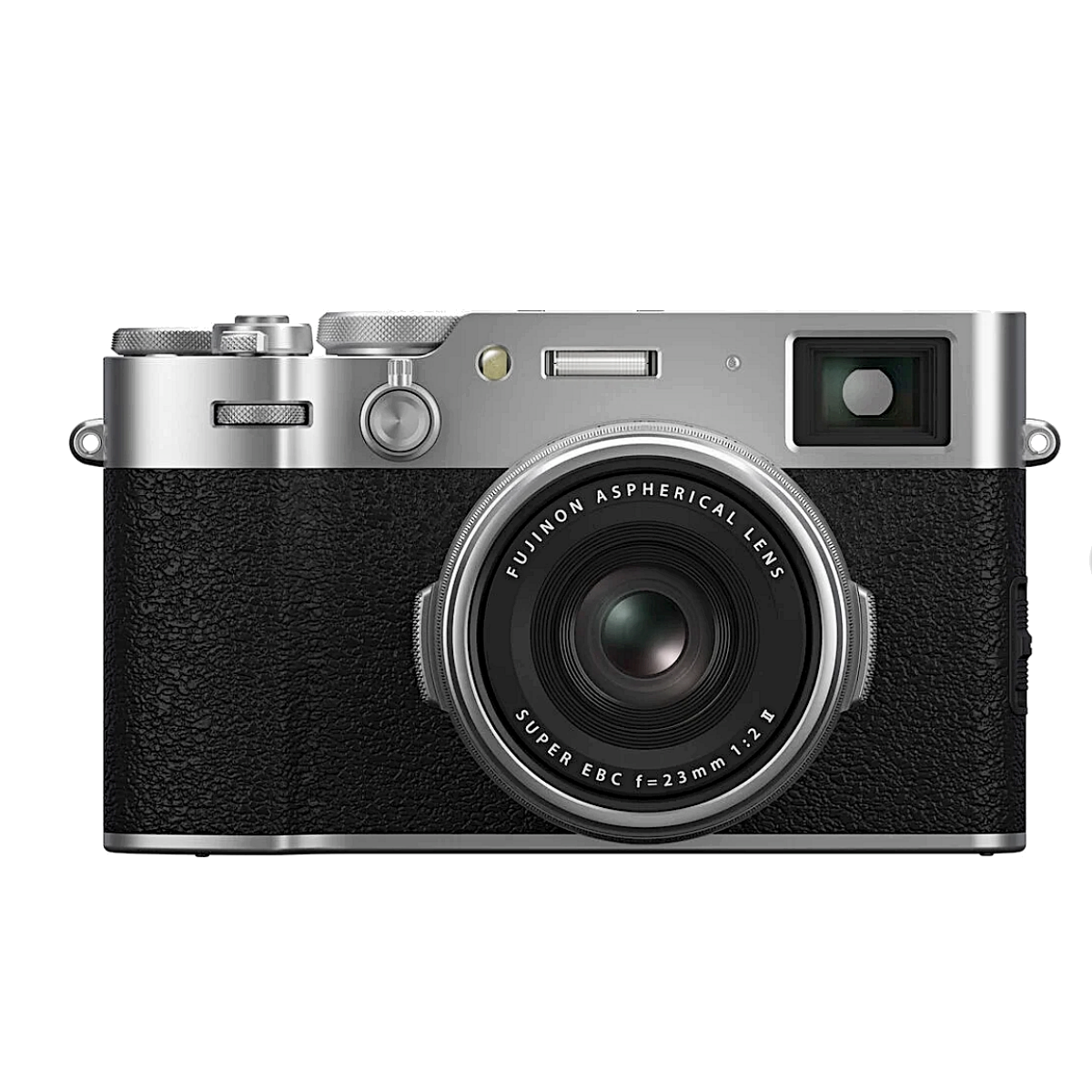

Best Overall
Fujifilm X100VI
The Fujifilm X100VI is a high-end point-and-shoot camera with a fixed 35mm equivalent lens that takes sharp, colorful photos and offers excellent low-light performance thanks to its in-body image stabilization.
|
Pros |
Cons |
|
Pocket-friendly yet effective point-and-shoot camera |
Does not support 4K videos or photos |
|
Easy to use for amateurs, hobbyists, and pros |
Image quality is decent but can be better |
|
16MP camera with up to 40x magnification |
|
|
Records HD video at 720p and 30fps |
The Kodak AZ401RD Point-and-Shoot Camera is much cheaper than a lot of other options on this list. However, it is still a dependable option for those who want to save some money while capturing life’s precious moments. Easy to use, it is also great for amateurs, hobbyists, and people who want to take professional photos with a point-and-shoot camera.
It features a 16MP camera, a 1/2.3-inch sensor, a f3.0 to 6.8 aperture, and a 24mm to 960mm zoom lens offering up to 40x magnification. You also get object tracking and optical image stabilization, which are rare finds at this price point. The 3-inch LCD screen helps you line up the perfect shot and is good enough for quick on-camera checks and edits.
The only downside of this camera is its video capabilities. The Kodak AZ401RD can record 720p video at 30fps, which is decent for a budget-friendly camera. But you might have to look elsewhere if recording video is a big part of your plans.
The camera is lightweight and compact, measuring just 3.32 x 4.5 x 3.21 inches. You don’t have to worry about keeping the camera battery charged since it uses standard AA batteries. There isn’t usually much color variety when buying a camera, but you can get the Kodak AZ401RD in black, white, and red.
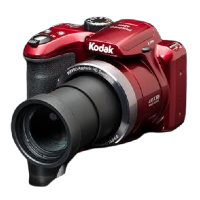

Best Budget Point-and-Shoot Camera
Kodak AZ401RD
$158 $170 Save $12
The Kodak AZ401RD is a pocket-friendly point-and-shoot camera that is affordable but still delivers solid results and comes with impressive features, like a 40x magnification zoom.
Best Rugged Point-and-Shoot Camera: Ricoh WG-6 Camera
|
Pros |
Cons |
|
20MP compact camera waterproof down to 66ft |
Does not support Wi-Fi export |
|
4K video |
|
|
Rugged chassis, image stabilization, and weatherproof |
|
|
Variable brightness ring lights for low-light shots and balancing |
You’ll be hard-pressed to find a point-and-shoot camera quite as rugged as the Ricoh WG-6 Waterproof Camera. Housed in a rugged chassis, this battle-tested camera is shockproof, dustproof, freezeproof, and waterproof down to 66ft for 2 hours. If you’re looking for something specific for underwater photography, the WG-6 is one of the best waterproof cameras around.
It features a 20MP camera with a 1/2.3-inch CMOS image sensor and a variable brightness ring light with six independently controlled LED lights that provide optimal lighting even in low-light conditions. These all create super bright, crisp, and detailed images wherever you are.
Armed with a 28mm to 140mm zoom lens for up to 5x magnification, you can easily bring distant objects into focus and capture them clearly, even if they’re moving fast. And built-in dynamic and digital image stabilization is great for action photography.
The Ricoh WG-6 Camera has a 3-inch LCD screen that allows you to manipulate images as you deem fit. It also records 4K video and doubles as a livestream webcam. You can also take stunning macrophotography shots that capture smaller objects in great detail.
Measuring 4.7 x 1.3 x 2.6 inches and weighing 8.64 ounces, the Ricoh WG-6 is truly compact and portable. It supports 18 scene modes with presets, GPS, USB charging and transfer, as well as an HDMI connection. It comes with a built-in storage of 64GB and is available in orange and black.
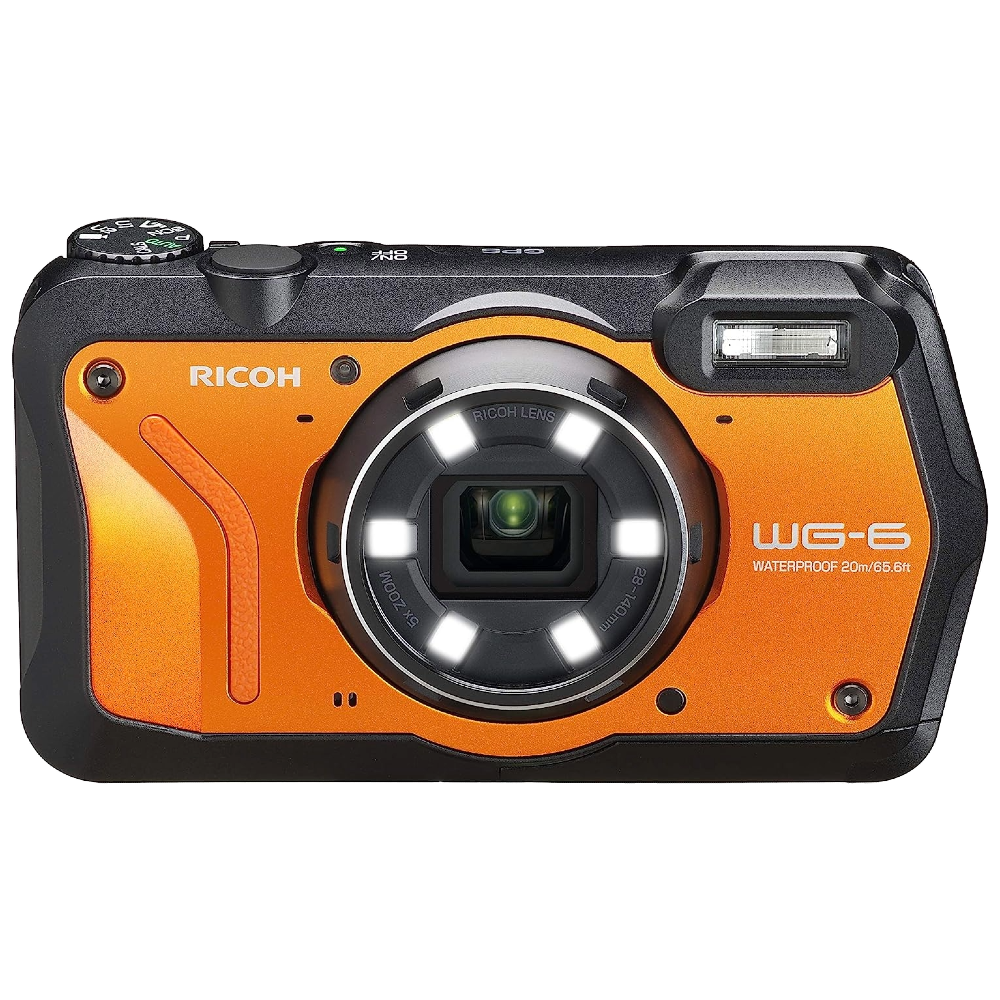

Best Rugged Point-and-Shoot Camera
RICOH WG-6
The Ricoh WG-6 Camera is waterproof, dustproof, freezeproof, and shockproof, thanks to its rugged chassis and shake reduction technology. It is a solid point-and-shoot camera that also shoots 4K video.
|
Pros |
Cons |
|
High-quality point-and-shoot camera built for videos |
Somewhat pricey |
|
20.1MP camera with image sensor and optical zoom |
Feels a little heavy |
|
Supports 4K video with advanced autofocus features |
|
|
Features hot shoe mounting point, mic input, and 3-inch flip-out LCD screen |
The Sony ZV-1 Digital Camera is an excellent option if you want to capture high-quality 4K videos. It comes equipped with a hot shoe mounting point for accessories, a mic input, and a flip-out LCD touchscreen, making it one of the best point-and-shoot cameras for video enthusiasts.
Ideal for vloggers, YouTubers, and content creators, the Sony ZV-1 Camera features a 20.1MP camera, a 1-inch RS CMOS image sensor, an f1.8 to F2.8 aperture, and a 24mm to 70mm zoom lens. It comes with a microphone jack, HDMI D, and USB micro B inputs and supports Bluetooth and Wi-Fi connectivity.
The Sony ZV-1 has world-class autofocus features that let you easily capture images. And seasoned photographers will enjoy the more granular control available through the camera’s manual settings. It also offers superb digital and optical image stabilization to reduce shake during takes and can operate between 0 and 40 degrees Centigrade (32 to 104 degrees Fahrenheit).
There are some excellent built-in shooting modes, like Automatic Exposure (AE), which tracks your face and ensures that it is always well-lit for the perfect shot, and Product Showcase, which automatically shifts focus from your face to an object you’re trying to showcase. Its 3-inch flip-out LCD screen can tilt up and down, allowing you to take multi-angle selfie shots of you and your friends.
You can start recording instantly with the quick record button, capture better audio with the forward directional mic, and slo-mo videos at up to 40 times slower. There are also time-lapse photos, background bokeh effects, livestreaming, and more. Vloggers may also want to pick up the GP-VPT2BT Grip to easily shoot vertical movies for mobile. The Sony ZV-1 is available in black and white.
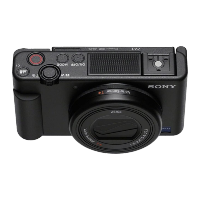

Best Point-and-Shoot Camera for Videos
Sony ZV-1
The Sony ZV-1 Digital Camera is ideal for vloggers and other content creators. It features a hot shoe, mic input, digital and optical image stabilization, and a flip-out LCD touchscreen. It also doubles as a webcam for live streaming.
FAQ
What is a point-and-shoot camera?
A point-and-shoot camera is a compact camera with a built-in lens that’s designed for easy operation. These cameras are usually automatic, don’t require any fiddling with the settings, and let you capture images and videos on the fly. They’re great for amateurs, hobbyists, and casual photographers who just want to get a good shot. Professional photographers will also find these ultra-portable and lightweight cameras handy when on the go.
Is a point-and-shoot camera disposable?
Point-and-shoot cameras are typically not disposable. However, disposable or single-use cameras like the Fujifilm Quicksnap 400 can be used for point-and-shoot purposes. In general, point-and-shoot cameras are built for regular use, with some designed to last for years.
Why would I want a point-and-shoot camera over a DSLR or mirrorless camera?
Point-and-shoot cameras are usually more affordable than DSLR and mirrorless cameras but have fewer features. They’re much easier to use, beginner-friendly, and suitable for users who don’t want to worry about manual controls. They’re typically also more lightweight, compact, and travel-friendly.
Is a point-and-shoot camera better than a smartphone camera?
Point-and-shoot cameras are generally better than smartphone cameras because they are dedicated cameras with bigger, better sensors and lenses, wider apertures, and longer focal lengths. While some smartphones have point-and-shoot cameras in the megapixel count, it’s the other factors that put things in favor of the standalone cameras. That said, some recent flagship smartphones produce superb quality images and give point-and-shoot cameras a run for their money.


